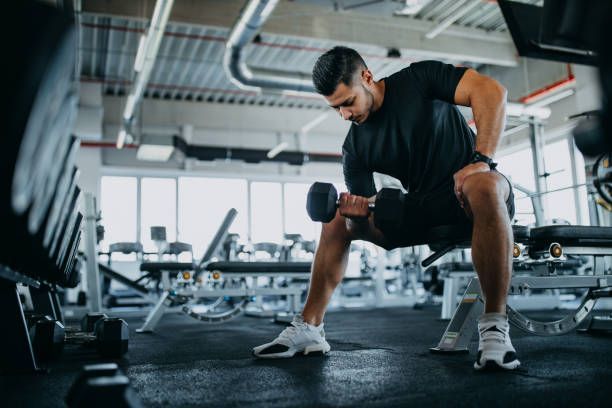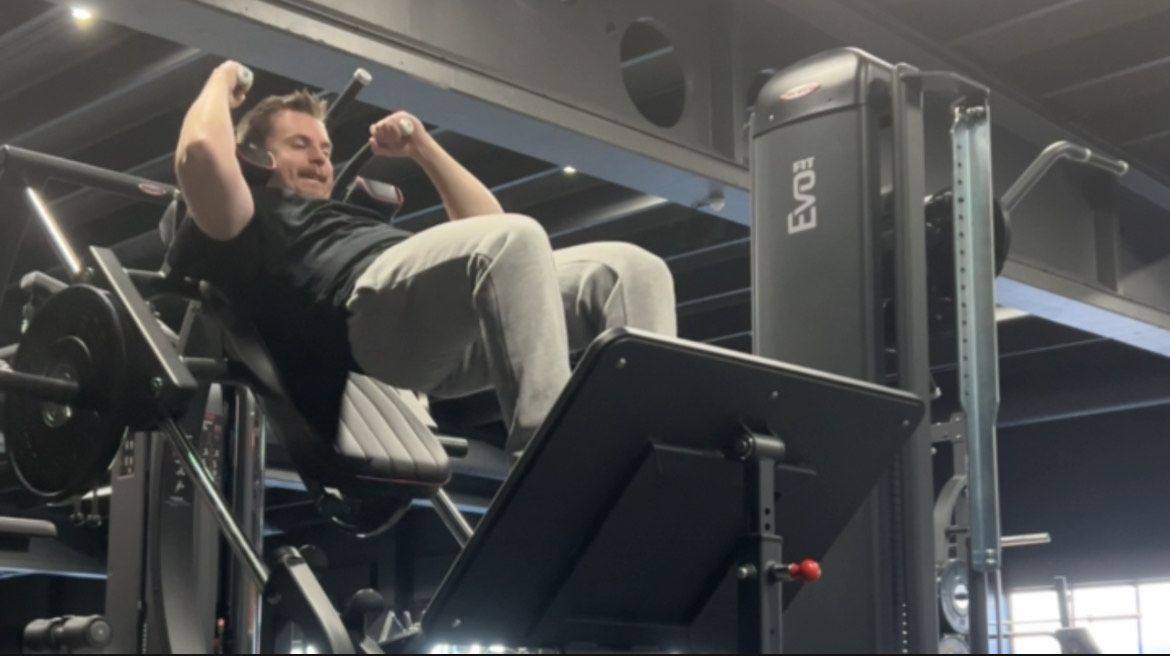Dips for bodybuilders
SHOULD BODYBUILDERS DO DIPS?
When it comes to bodybuilding, the bench press often steals the spotlight as the king of upper body exercises. However, as many seasoned athletes and bodybuilders are discovering, the humble dip is an underappreciated exercise that offers significant advantages over the bench press in terms of muscle development, joint health, and overall strength. In this in-depth article, we’ll explore why dips may be a superior choice for bodybuilders seeking to maximize their gains.
1. Muscle Activation and Range of Motion
One of the most significant advantages of dips over the bench press is the range of motion (ROM). In dips, you lower your body until your upper arms are parallel or slightly below parallel with the ground, which creates a deeper stretch in the chest, triceps, and shoulders. This increased ROM engages more muscle fibers compared to the bench press, which is limited by the bar touching your chest.
Moreover, dips allow for a more natural scapular movement. During the dip motion, your shoulder blades are free to move, which encourages healthier shoulder function. In contrast, the bench press can restrict scapular movement, especially when lying flat on the bench, potentially leading to shoulder impingement or other issues over time.
The key muscle groups involved in dips include:
- Pectoralis major (chest)
- Triceps brachii
- Anterior deltoids (front shoulders)
While the bench press also targets these muscles, the dip places unique demands on them due to the vertical pressing motion and deeper stretch, allowing for greater activation and development over time.
2. Compound Movement and Functional Strength
Bodybuilders often prioritize hypertrophy over functional strength, but dips excel in both domains. As a compound movement, dips not only work the chest, triceps, and shoulders but also engage stabilizing muscles throughout the core and upper back. Unlike the bench press, which is a more isolated pushing movement, dips require stabilization of the entire body as you lower and push yourself up. This makes dips a more functional exercise, simulating real-life pushing movements that involve multiple muscle groups working together.
Additionally, dips force the muscles to work in a closed kinetic chain (CKC) environment, where the hands are fixed, and the body moves through space. This setup improves overall body coordination, proprioception, and core stability. In contrast, the bench press is an open kinetic chain (OKC) exercise, where the hands move but the body remains stationary. CKC exercises, like dips, tend to be more effective at building functional strength and muscular coordination, translating into more comprehensive strength gains for bodybuilders.
3. Joint Health and Longevity
While the bench press is a staple in many bodybuilding programs, it can place undue stress on the shoulder joints, especially when performed improperly or with excessive weight. The fixed position of the shoulder blades on the bench press often leads to shoulder impingement and wear and tear over time, particularly in athletes who have tight chest muscles and poor shoulder mobility.
Dips, on the other hand, allow the shoulders to move more freely and naturally, reducing the risk of injury when performed correctly. The movement of dips mimics the body’s natural biomechanics, making it a more joint-friendly exercise. When performed with proper technique, dips can be done for years without the chronic shoulder pain that often accompanies long-term bench pressing.
That said, dips can still strain the shoulders if executed poorly or if the lifter lacks adequate strength and mobility. Proper warm-up and a controlled range of motion are critical to ensuring shoulder safety during dips. However, when compared to the bench press, dips are generally seen as more sustainable for long-term training, especially for athletes with pre-existing shoulder issues.
4. Progressive Overload and Adaptability
Both dips and the bench press allow for progressive overload, but dips offer a level of adaptability that the bench press cannot match. With dips, you can start with bodyweight and progressively add weight by using a dip belt, chains, or even weighted vests. This progression allows for continuous strength and muscle gains, much like the bench press, but with a more versatile range of options.
Dips are also adaptable to different goals. For bodybuilders focusing on hypertrophy, performing dips with a slower tempo and higher repetitions can increase time under tension, promoting muscle growth. On the other hand, strength athletes can add significant weight to the dip, treating it more like a power exercise. In this way, dips can be tailored to fit the needs of both strength and hypertrophy-focused lifters.
Additionally, dips can be modified to target specific muscles more effectively. By leaning forward, you can place more emphasis on the chest muscles, while staying upright focuses more on the triceps. This versatility allows bodybuilders to adjust their technique depending on which muscle group they want to prioritize on any given day.
5. Core and Stabilizer Muscle Engagement
Unlike the bench press, dips require you to stabilize your entire body, which engages a range of stabilizer muscles. In particular, the core, lower back, and even the legs are recruited to maintain proper form during dips. This results in a more holistic workout, as the body has to work together to perform the exercise, making dips an excellent choice for bodybuilders looking to improve their overall body control and coordination.
With the bench press, much of the stabilization is taken care of by the bench itself, which limits the engagement of the core and stabilizer muscles. While this allows for more focus on the pushing muscles, it also means that you’re not training the body as a cohesive unit. Dips, on the other hand, force you to engage the core and lower body to prevent swinging and maintain balance, providing an added layer of difficulty and muscle recruitment.
6. Portability and Convenience
A practical but often overlooked advantage of dips is that they can be performed virtually anywhere with minimal equipment. All you need is a sturdy dip bar or parallel bars, which are often available in public parks, gyms, or even makeshift setups at home. This convenience makes dips an excellent option for those who travel or don’t have regular access to a gym.
In contrast, the bench press requires more specialized equipment: a bench, a barbell, and weight plates. Not only does this make it harder to perform the exercise outside of a gym setting, but it also limits your flexibility in training environments. The portability of dips means that bodybuilders can incorporate them into their routine more frequently, even when they don't have access to a full gym setup.
7. Aesthetic Benefits
From an aesthetic perspective, dips are especially effective at building the lower chest and creating the “squared-off” chest look that many bodybuilders aim for. The movement of dips puts a significant stretch on the lower portion of the pectorals, which can enhance chest definition and create a more balanced and aesthetically pleasing upper body. While the bench press can also build a large chest, dips are particularly effective at sculpting the lower pecs, which often lag behind in development for many lifters.
Moreover, because dips involve a more natural movement, they may contribute to more symmetrical muscle growth across the upper body. The emphasis on stabilization also ensures that no muscle group becomes disproportionately developed, helping bodybuilders achieve a more balanced physique.
Conclusion: Why Dips Should Be in Every Bodybuilder’s Routine
While the bench press remains a popular and effective exercise for building upper body strength, dips offer several advantages that make them a superior option for many bodybuilders. From the increased range of motion and muscle activation to the engagement of stabilizer muscles and the adaptability for progressive overload, dips provide a more functional, versatile, and joint-friendly alternative to the bench press.
Incorporating dips into your routine can lead to greater overall strength, enhanced muscle definition, and improved long-term joint health. Whether you’re a beginner or a seasoned bodybuilder, dips should be a cornerstone of your upper body training regimen, offering benefits that go beyond what the bench press can provide.











